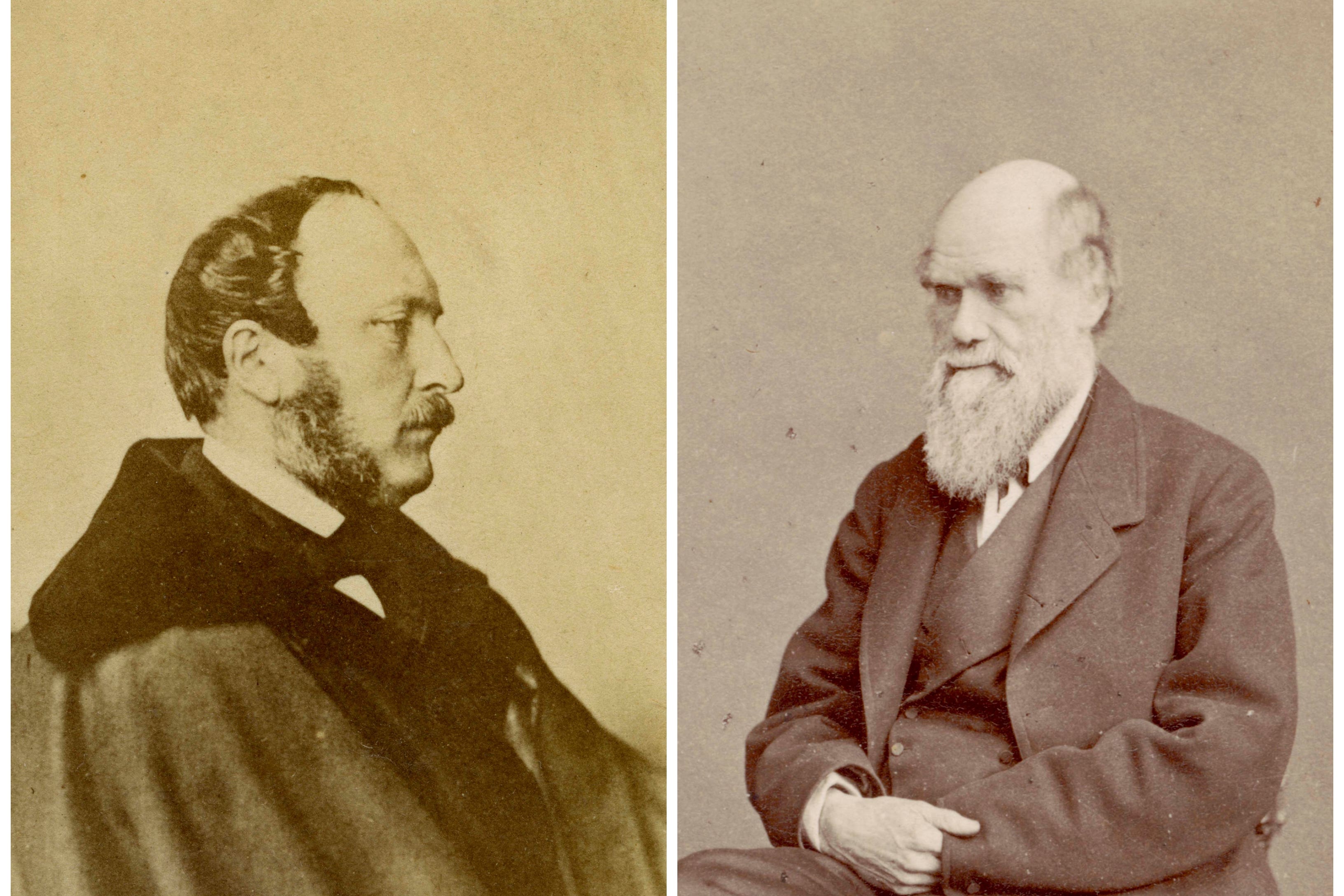Calling cards of top Victorian horticulturalists go on display online
The RHS describes the 19th century photographic calling cards as the ‘original social media’.

Photographic calling cards of the leading lights of Victorian horticulture, described as the “original social media”, have gone on display online.
The Royal Horticultural Society (RHS) has made its collection of 19th century calling cards available to the public for the first time in a digital gallery, as it calls for help in identifying the handful of unnamed portraits among them.
The early photographs left by visitors were displayed in the homes of their hosts as evidence of their popularity and social standing, or could even be traded among friends and sold by photographers, the charity said.
Rather than collecting friends on Facebook or followers on Instagram the Victorians displayed the photos left by their visitors as evidence of their popularity and social standing
The collection, which came into the RHS’s care via one of the society’s former secretaries and from an author and director of science at the charity, includes nurserymen, flower growers, professional gardeners, botanists, and entomologists, many of whom are depicted nowhere else.
It also includes famous names with links to horticulture, such as Charles Dickens, who had a keen interest in pelargoniums, avid plant collector and RHS science committee member Charles Darwin, and the society’s one-time president Prince Albert.
Fiona Davison, head of libraries at the RHS, said: “Calling cards were the original social media.
“Rather than collecting friends on Facebook or followers on Instagram the Victorians displayed the photos left by their visitors as evidence of their popularity and social standing.
“To have had none on show in your hallway would have sent a rather ominous message to anyone who came to call.”
She added: “Although once hugely popular it is rare for collections in this number to be publicly available, especially ours which boast such a broad social circle and feature the great and good of gardening.”
Having identified the majority of the cards in their collection, the RHS is calling for the public’s help to try and name the remaining 16 photographs to add to their understanding of the history of gardening.
The collection of calling cards or “cartes de visite” include leading horticulturalists such as Joseph Paxton, landscape gardener and architect who saved the modern banana at Chatsworth.
It also includes Nathanial Bagshaw Ward, an English doctor and inventor of the “Wardian case”, an early terrarium that allowed plants to be sealed in and kept alive for long periods without watering – transforming their transport around the world.
Female horticulturalists in the collection include Anne Pratt, one of the best-known botanical artists of the Victorian era, who became a household name with her book Wild Flowers of the Year, in 1852, and Sarah Backhouse, a prominent daffodil breeder and member of the RHS daffodil committee.
And there is a calling card from Sir William Hooker, botanist, plant collector and the first director of the Royal Botanic Gardens, Kew.
Ms Davison said: “Oftentimes we know the names and faces of big landowners or senior horticultural figures and not the individuals who have shaped our gardens and understanding of plants through their innovations and discoveries.
“We’re delighted to now be able to share our collection of calling cards digitally so people can help make new discoveries about the history of gardening and maybe even the history of ancestors in their own family.”
To view the Cartes de Visite gallery of calling cards, people can visit: https://collections.rhs.org.uk/ and to view the unidentified individuals from the collection, they can visit: https://collections.rhs.org.uk/browse/collection/194517?limit=12
Bookmark popover
Removed from bookmarks